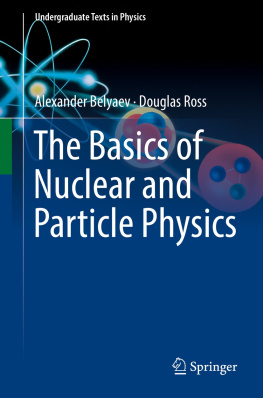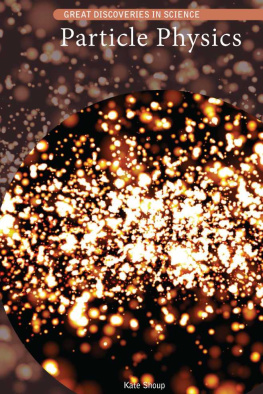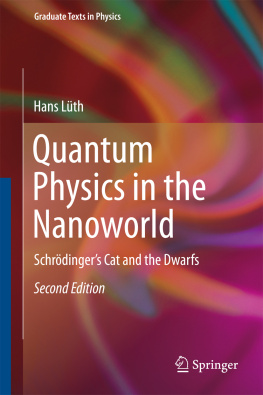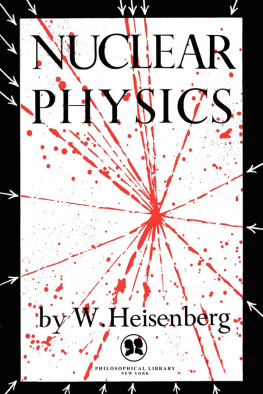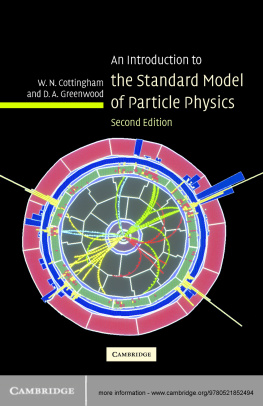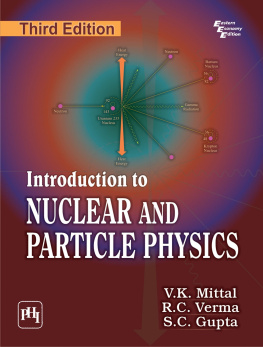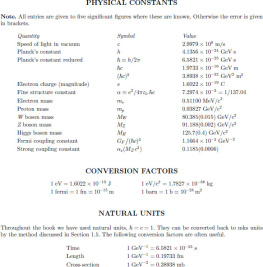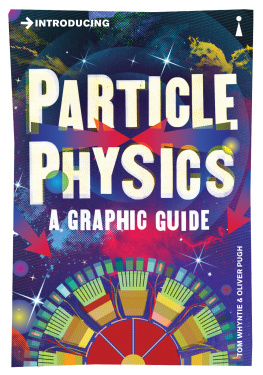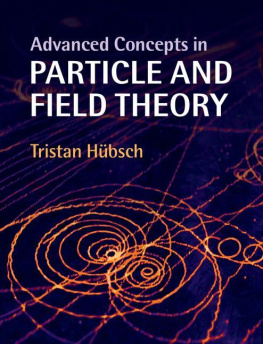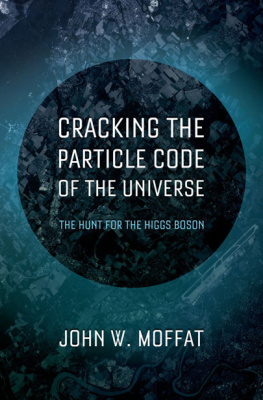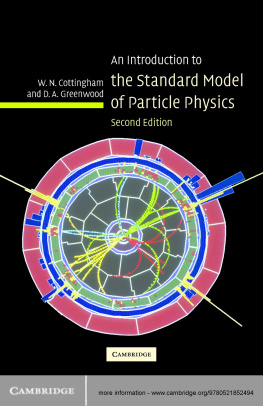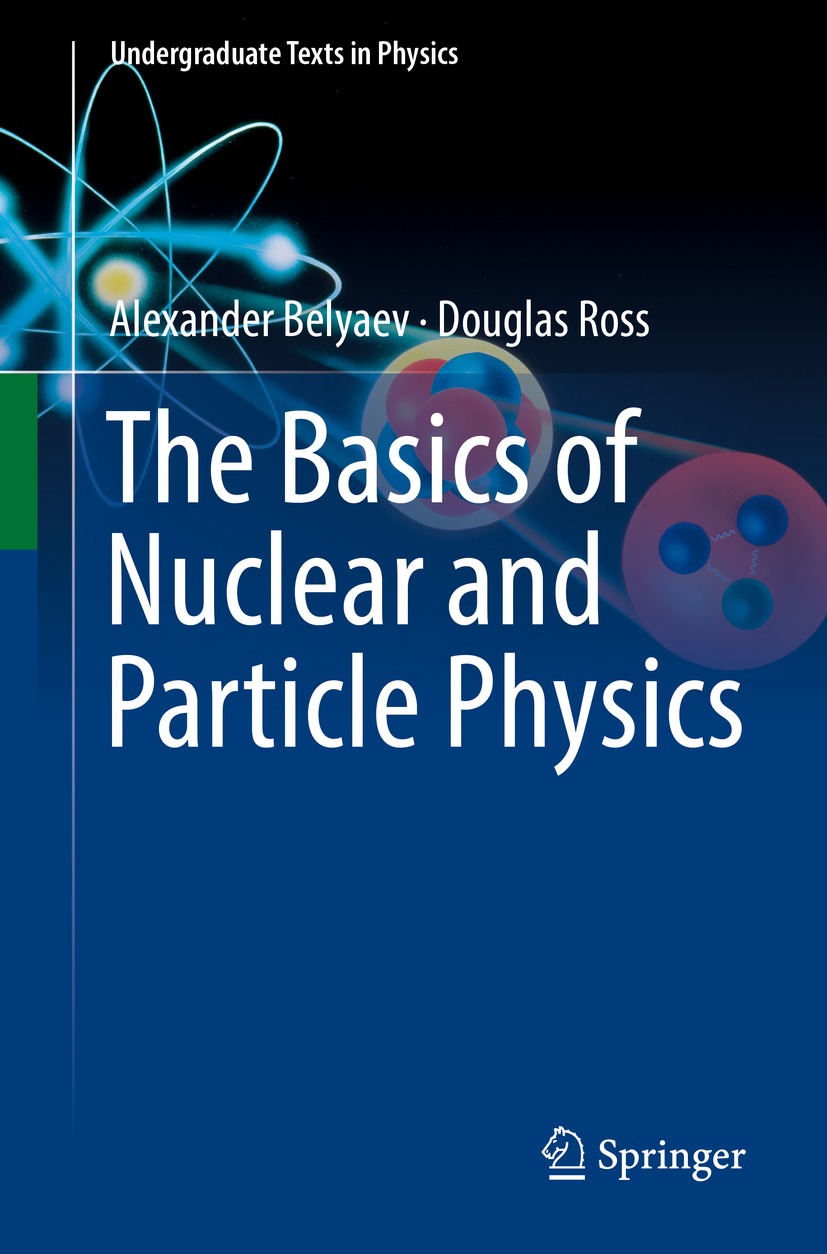Undergraduate Texts in Physics
Series Editors
Kurt H. Becker
NYU Polytechnic School of Engineering, Brooklyn, NY, USA
Jean-Marc Di Meglio
Matire et Systmes Complexes, Universit Paris Diderot, Btiment Condorcet, Paris, France
Sadri D. Hassani
Department of Physics, Loomis Laboratory, University of Illinois at Urbana-Champaign, Urbana, IL, USA
Morten Hjorth-Jensen
Department of Physics, Blindern, University of Oslo, Oslo, Norway
Michael Inglis
Patchogue, NY, USA
Bill Munro
NTT Basic Research Laboratories, Optical Science Laboratories, Atsugi, Kanagawa, Japan
Susan Scott
Department of Quantum Science, Australian National University, Acton, ACT, Australia
Martin Stutzmann
Walter Schottky Institute, Technical University of Munich, Garching, Bayern, Germany
Undergraduate Texts in Physics (UTP) publishes authoritative texts covering topics encountered in a physics undergraduate syllabus. Each title in the series is suitable as an adopted text for undergraduate courses, typically containing practice problems, worked examples, chapter summaries, and suggestions for further reading. UTP titles should provide an exceptionally clear and concise treatment of a subject at undergraduate level, usually based on a successful lecture course. Core and elective subjects are considered for inclusion in UTP.
UTP books will be ideal candidates for course adoption, providing lecturers with a firm basis for development of lecture series, and students with an essential reference for their studies and beyond.
More information about this series at http://www.springer.com/series/15593
Alexander Belyaev
Department of Physics and Astronomy, University of Southampton, Southampton, UK
Douglas Ross
Department of Physics and Astronomy, University of Southampton, Southampton, UK
ISSN 2510-411X e-ISSN 2510-4128
Undergraduate Texts in Physics
ISBN 978-3-030-80115-1 e-ISBN 978-3-030-80116-8
https://doi.org/10.1007/978-3-030-80116-8
The Editor(s) (if applicable) and The Author(s), under exclusive license to Springer Nature Switzerland AG 2021
This work is subject to copyright. All rights are solely and exclusively licensed by the Publisher, whether the whole or part of the material is concerned, specifically the rights of translation, reprinting, reuse of illustrations, recitation, broadcasting, reproduction on microfilms or in any other physical way, and transmission or information storage and retrieval, electronic adaptation, computer software, or by similar or dissimilar methodology now known or hereafter developed.
The use of general descriptive names, registered names, trademarks, service marks, etc. in this publication does not imply, even in the absence of a specific statement, that such names are exempt from the relevant protective laws and regulations and therefore free for general use.
The publisher, the authors and the editors are safe to assume that the advice and information in this book are believed to be true and accurate at the date of publication. Neither the publisher nor the authors or the editors give a warranty, expressed or implied, with respect to the material contained herein or for any errors or omissions that may have been made. The publisher remains neutral with regard to jurisdictional claims in published maps and institutional affiliations.
Cover Image: Michael Gilbert / Science Photo Library
This Springer imprint is published by the registered company Springer Nature Switzerland AG
The registered company address is: Gewerbestrasse 11, 6330 Cham, Switzerland
Preface
The Scope of This Book
This book is intended to be a first course in nuclear and Particle Physics at an undergraduate level. We discuss the main experimental techniques both past and present for investigating the properties of nuclei and particles as well as describing the enormous progress that has been made in theoretical developments which explain this behaviour. We have described, albeit briefly, the seminal experiments from the end of the nineteenth century right up to the date of publication, which have had significant effect on the development of the subject.
Typically, such a course would be taken by undergraduates in their third year. It is designed to cover all the required core material. There is, almost certainly, more material than would normally be required for a core course. For some chapters, the supplementary material, which could be omitted without damaging the flow of the remainder of the book, appears in the last section. The final chapter is almost certainly outside the scope of a core course and has been added to give the reader a taster of current developments in Particle Physics.
The book assumes that the reader has a reasonable grounding in Quantum Physics, Atomic Physics, Electromagnetism and Thermal Physics. However, we do not expect the reader to remember all that they have learnt in the prerequisite courses, and all results that are used are explicitly displayed in the text. The hope is that once the memory has been jogged in this way, the reader will recall the relevant material sufficiently to be able to follow its usage here.
On the other hand, the book has been designed so that it is possible to follow all the material in the book without having studied relativistic quantum mechanics (e.g. the Dirac equation), quantum field theory or group theory. These are topics which are usually taken only at the postgraduate level and therefore outside the scope of a book designed to cover a first course on nuclear and Particle Physics. There is a brief explanation of the qualitative ideas of quantum field theory, which should be accessible to undergraduates with a basic knowledge of Quantum Physics, and it has been necessary on very few occasions to quote results which can only be derived using quantum field theory. Likewise, no knowledge of formal group theory is required, although it is expected that the reader is familiar with the concept of symmetry and what this implies for quantum states.
We do not use four-vector notation in special relativity. Although many of the expressions would have been simpler using such notation, not all students will have come across this notation in a first course on special relativity.
Chapter Structures
Needless to say, it is impossible to write a textbook on any branch of physics, without using mathematics and mathematical derivations. In this book, we have limited the mathematical derivations displayed in the main body of the text to those that are essential to be able to follow the development of the theory. Derivations of some of the results appear in appendices to some of the chapters. The reader who does not care to follow such sustained mathematical threads is welcome to skip these appendices entirely, provided they are prepared to accept the relevant results at face value, without understanding where they come from. The appendices are there for readers who are unwilling to accept a result unless they have seen it derived or at least seen an outline derivation. Note that some of the results derived refer more generally to results of quantum or Thermal Physics. These appendices are admittedly rather terse, and the reader may prefer to consult other literature in order to find more detailed and comprehensive derivations of the results.

